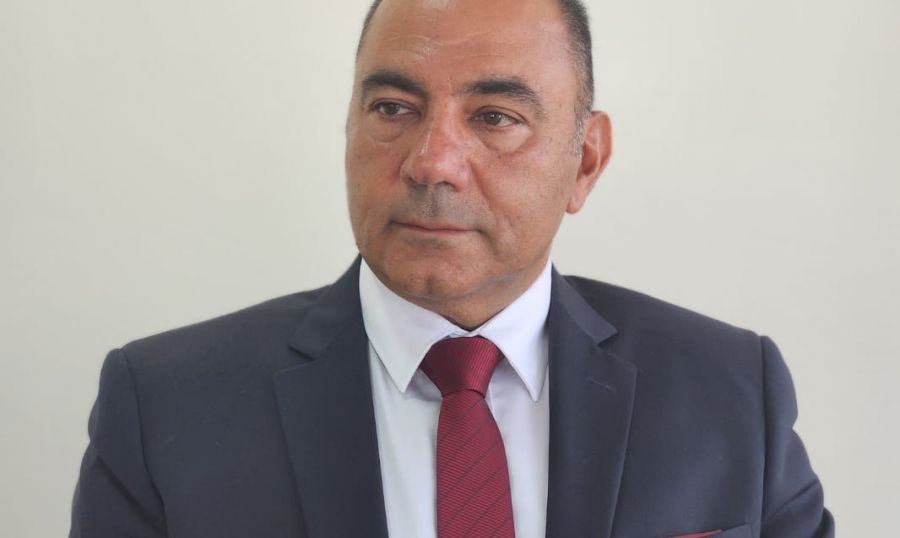
The Secretary-General of the Association of Banks in Lebanon, Fadi Khalaf, stated that “the new policies adopted by Lebanon’s Central Bank (BDL) indicate a clear change in its approach to managing the financial crisis.” He welcomed “these measures, which reflect the Central Bank’s commitment to achieving as much monetary and financial stability as possible, which will particularly benefit depositors, help meet current challenges, and ensure the sustainability of the banking sector.”
Khalaf made these remarks in the preamble of the latest ABL monthly report titled “The Banque du Liban: A Step in the Right Direction.” He noted that “in light of the economic and social crisis affecting Lebanon, the BDL has issued a circular aimed at tripling the October 2024 payments to beneficiaries of circulars 158 and 166.” “This measure comes in the context of the exceptional circumstances imposed by the current war in Lebanon,” he said, explaining that this initiative changes the course of BDL’s policy in response to the liquidity crisis that depositors have been suffering from for years.
Khalaf further highlighted that one of the most significant changes in BDL’s policy is “its reliance on injecting cash dollars into the market through depositors instead of depending on money changers and the foreign exchange markets.” According to him, this measure “is not merely technical but rather represents a fundamental shift in monetary policy, reflecting an awareness that channeling dollars through depositors helps return money to its owners instead of it being drained by direct market intervention or wasted.” “If this policy continues, it could serve as an initial solution for deposits while simultaneously reducing pressure on the exchange rate,” he contended.
He noted that “it is natural for depositors to be eager to know if this widely praised measure can be implemented.” “The fundamental question remains: what does the Central Bank plan in this regard, especially if the war continues?” Furthermore, Khalaf provided figures, noting that “bank deposits at the Central Bank in dollars amount to about $80 billion. The depositors’ accounts in dollars with banks (excluding new deposits) amount to about $87 billion. Mandatory reserves at the Central Bank represent 14% of the total amount of $87 billion, or approximately $12.2 billion.” BDL’s balance sheet indicates that its reserves amount to around $10.3 billion, according to him.
In other words, BDL still needs to rebuild these investments up to at least $1.9 billion. This is possible, provided that BDL’s reserves are deposited with correspondent banks abroad and that it earns interest on them. This does not exclude the need for BDL to gradually rebuild the remaining $67.8 billion (80 - 12.2) deposited with it for the benefit of the banks, apart from mandatory reserves.
The Central Bank has recently demonstrated that it is capable of restructuring the mandatory reserves while simultaneously making additional payments to depositors. Therefore, if BDL continues with its current sound policy, it can significantly contribute to making additional payments to depositors on the one hand, and maintaining exchange rate stability on the other. This would also allow for a gradual reduction of its obligations towards banks.



Comments